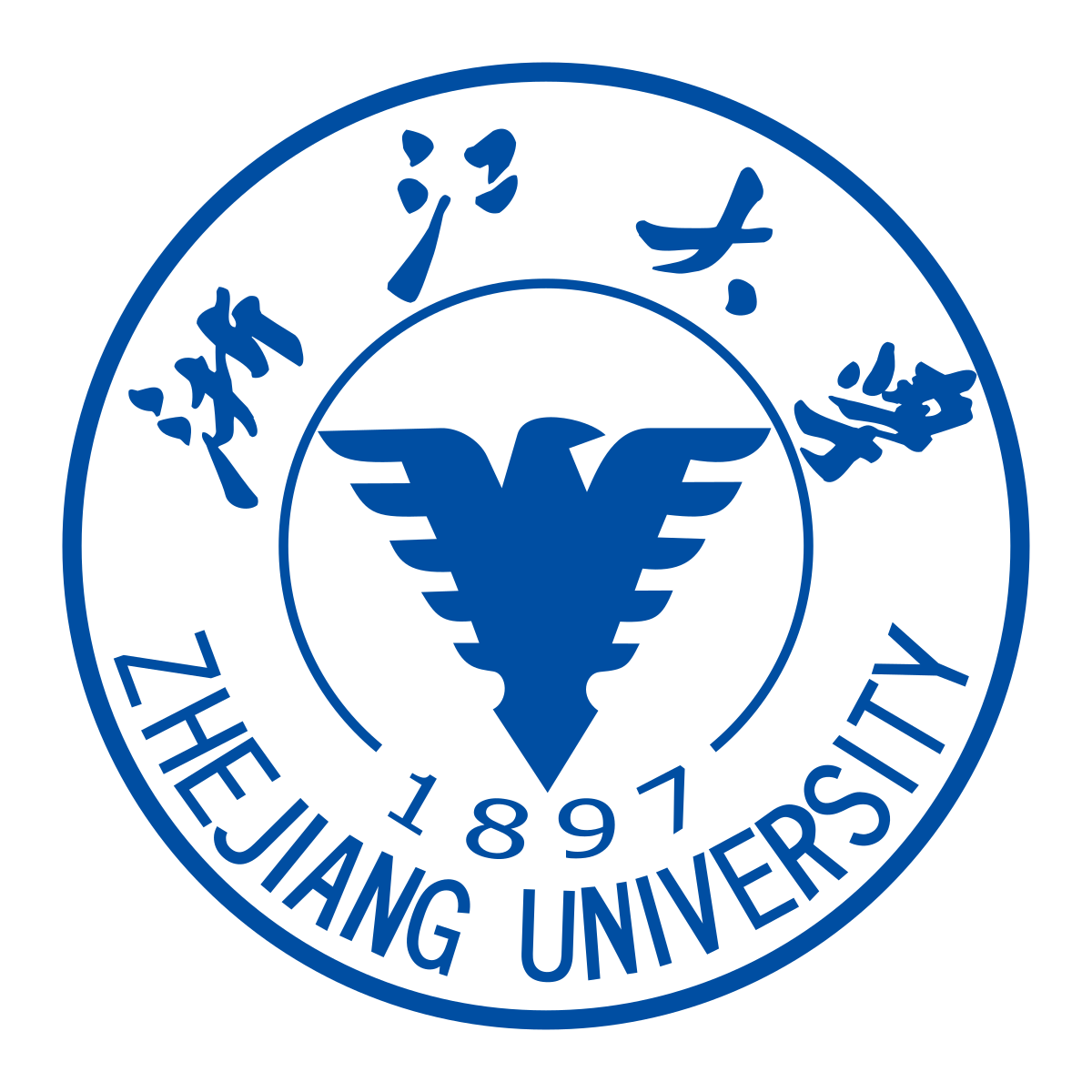Zhejiang University: Scientists craft a new world with an ultra-fast laser “burin”
Laser is dubbed as “the fastest burin”, “the most precise ruler” and “the brightest light”. Since the invention of the first laser in the early 1960s, it has been widely used in various aspects of our lives. Laser is recognized as one of the four greatest human inventions in the 20th century. Usually, it can be divided into two types: continuous laser and pulsed laser. In the 1980s, scientists invented a peculiar ultra-short pulsed laser—femtosecond laser, which is featured by its ultra-short pulse, ultra-high peak power and ultra-wide spectrum. This laser has been developed rapidly in recent years and is currently used in ophthalmic myopia correction surgeries etc.
However, interactions between the femtosecond laser and matter are intricate and complex. Recently, the team led by Prof. QIU Jianrong at the Zhejiang University College of Optical Science and Engineering discovered laws of ultrafast laser-induced liquid nanophase separation and subsequent ion exchange. Their findings were published in an article entitled “Three-dimensional direct lithography of stable perovskite nanocrystals in glass” in the journal Science on January 21.
In this study, researchers first fabricated homogeneous transparent glass. Any bubble, stone or stria inside the glass would affect the light distribution, thus leading to drastic changes in light-glass interactions due to the multi-photon effect. Researchers successfully prepared uniform precursor glass suitable for laser processing on the strength of rich experience and extensive experiments.
Another crucial step was to realize precise control of ultra-fast laser-induced structure inside of glass. This task was pretty challenging in the very beginning. QIU Jianrong’s team eventually obtained ideal ultra-fast lithography through trial and error, realizing composition-tunable perovskite nanocrystals (PNCs) inside glass. The structure and performance of PNCs could be manipulated in a split second.
The final step was to carve a three-dimensional pattern with numerous pixel dots in the blink of an eye. Writing composition-tunable PNCs allowed for applications in multi-dimensional information encoding and anti-counterfeiting as well as full-color printing of PNCs in the Cl–Br–I- co-doped glass and three-dimensional microhelix PNC patterns. Since ultra-fast laser-induced liquid nanophase separation occurred locally inside glass, three-dimensional direct lithography excluded contamination with organic components (reagents and solvents) during usual material synthesis and device processing. Furthermore, PNC glass-based devices could be used for a long time.
Printed three-dimensional structures in glass showed considerable potential in optical storage. “Most of the existing storage devices are magnetic and they have some major drawbacks. For example, they can only be used for 3-5 years and their energy consumption is relatively high, thus requiring rapid heat dissipation,” said Prof. TAN Dezhi, one of the corresponding authors of the study. “Not only does optical storage consume a small amount of power, but its capacity is expected to reach 1PB / disc. It can extend its storage lifespan to several million years, thus holding enormous promise in the future.”

